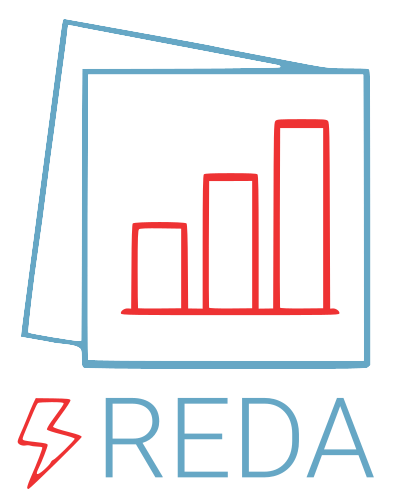reda.importers.legacy package¶
Submodules¶
reda.importers.legacy.eit160 module¶
Work with result files from the EIT-40/160 tomograph (also called medusa).
Data structure of .mat files:
EMD(n).fm frequency EMD(n).Time point of time of this measurement EMD(n).ni number of the two excitation electrodes (not the channel number) EMD(n).nu number of the two potential electrodes (not the channel number) EMD(n).Zt3 array with the transfer impedances (repetition measurement) EMD(n).nni number of injection EMD(n).cni number of channels used to inject current EMD(n).cnu number of channels used to measure voltage EMD(n).Is3 injected current (A) (calibrated) EMD(n).II3 leakage current (A) EMD(n).Yg1 Admitance of first injection path EMD(n).Yg2 Admitance of second injection path EMD(n).As3 Voltages at shunt resistors (defined in .mcf files: NA1 - NA2) EMD(n).Zg3 Impedance between injection electrodes
Import pipeline:
read single-potentials from .mat file
read quadrupoles from separate file or provide numpy array
compute mean of three impedance measurement repetitions (Z1-Z3) for each ABM
compute quadrupole impedance via superposition using
averaged Z-values
the single repetitions Z1-Z3
(I think we don’t need the next step because of np.arctan2) check for correct quadrant in phase values, correct if necessary (is this required if we use the arctan2 function?)
compute variance/standard deviation from the repetition values
Open questions:
should we provide a time delta between the two measurements?
- reda.importers.legacy.eit160.import_medusa_data(mat_filename, config_file)[source]¶
Import measurement data (a .mat file) of the FZJ EIT160 system. This data format is identified as ‘FZJ-EZ-2017’.
- Parameters:
- mat_filename: string
filename to the .mat data file. Note that only MNU0 single-potentials are supported!
- config_file: string
filename for configuration file. The configuration file contains N rows with 4 columns each (a, b, m, n)
- Returns:
reda.importers.legacy.eit40 module¶
Work with result files from the EIT-40 tomograph (also called medusa).
NOTE that the results for EIT40 and EIT160 are, at this time, slightly different.
Data structure of .mat files:
EMD(n).fm frequency EMD(n).Time point of time of this measurement EMD(n).ni number of the two excitation electrodes (not the channel number) EMD(n).nu number of the two potential electrodes (not the channel number) EMD(n).Zt3 array with the transfer impedances (repetition measurement) EMD(n).nni number of injection EMD(n).cni number of channels used to inject current EMD(n).cnu number of channels used to measure voltage EMD(n).Is3 injected current (A) (calibrated) EMD(n).II3 leakage current (A) EMD(n).Yg1 Admitance of first injection path EMD(n).Yg2 Admitance of second injection path EMD(n).As3 Voltages at shunt resistors (defined in .mcf files: NA1 - NA2) EMD(n).Zg3 Impedance between injection electrodes
Import pipeline:
read single-potentials from .mat file
read quadrupoles from separate file or provide numpy array
compute mean of three impedance measurement repetitions (Z1-Z3) for each ABM
compute quadrupole impedance via superposition using
averaged Z-values
the single repetitions Z1-Z3
(I think we don’t need the next step because of np.arctan2) check for correct quadrant in phase values, correct if necessary (is this required if we use the arctan2 function?)
compute variance/standard deviation from the repetition values
should we provide a time delta between the two measurements?
